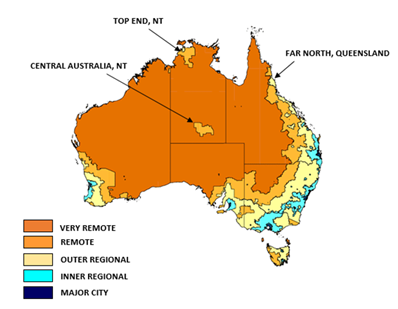
Natasha F Morris
Monash University, university in Melbourne, Australia
Title: The indigenous Australian malnutrition project: measuring the burden and nature of malnutrition in regional Australian hospitals
Biography
Biography: Natasha F Morris
Abstract
Statement of the Problem: Worldwide, many indigenous populations experience poor health due to their vulnerability to socio-economic disadvantage. Indigenous people are more likely than non-indigenous people to have nutrition related diseases, increased morbidity and decreased life expectancy. Malnutrition in hospital patients is a well-recognized problem; however, malnutrition is frequently under recognized or under estimated in vulnerable patients including indigenous people.
Purpose: The purpose of this study was to measure the burden and nature of malnutrition in adult indigenous Australian inpatients in 3 regional hospitals.
Methodology & Theoretical Orientation: A cross-sectional survey was used to measure malnutrition risk using the Malnutrition Screening Tool and Australian Nutrition Tool; and malnutrition using the Subjective Global Assessment. A Population Based Screening Framework was used with the aim of increasing the awareness and recognition of malnutrition in indigenous Australians and to facilitate early nutrition management.
Findings: 608 indigenous and non-indigenous Australians were enrolled in this study. The prevalence of malnutrition in all patients was 46.1% (95% CI 40.1-52.3%). Higher rates of malnutrition were observed in indigenous Australians residing in Central Australia (56.7%, 95% CI 46.7-66.4%) than in the Top End of Australia (40.7%, 95% CI 31.7-50.1%) and Far North Queensland (36.7%, 95% CI 36.7%, 95% CI 23.4-41.7%). Factors independently associated with malnutrition for Indigenous Australians included Central Australian residence and an increased Charles Comorbidity Index. Anthropometric variables including a BMI <18.5 kg/m2 and smaller mid-upper arm circumference were strong predictors of malnutrition for Indigenous Australians.
Conclusion & Significance: This is the first study to measure the burden and nature of malnutrition in indigenous Australians in an inpatient setting. We observed higher rates of malnutrition than previous malnutrition surveys in Australia and the differing nature of malnutrition that we found highlights the need to developing alternative approaches to malnutrition screening and detection in indigenous Australians.


